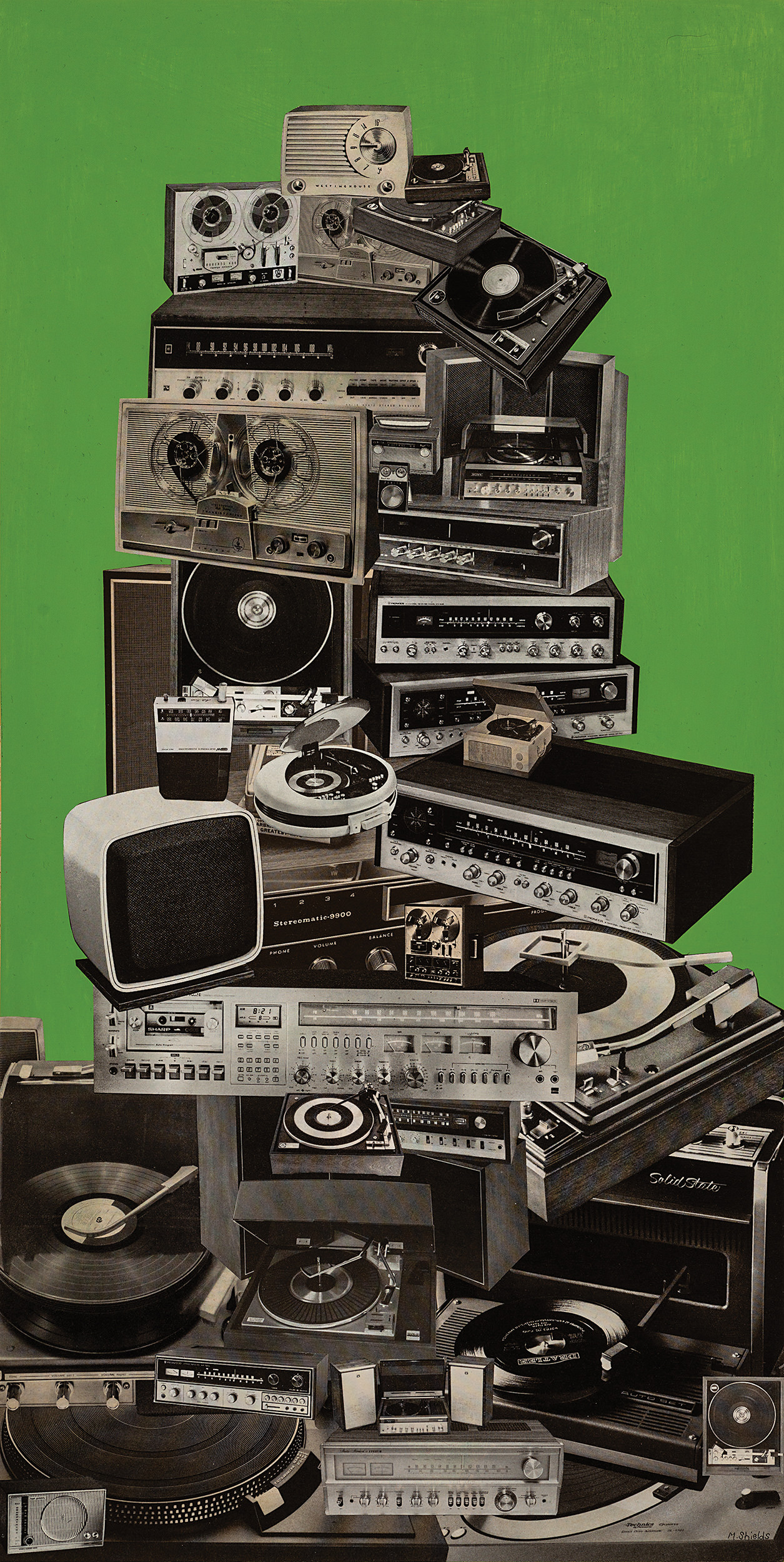A new addition to the venerable Drawmer line, the 1970, is a dual FET compressor, dual mic pre, and mono DI. It's versatile and easy to use with a vast feature set. While the 1970 borrows its layout inspiration from the Drawmer 1960, features have been updated and it's not a tube-based unit.
As always, Drawmer's cleanly designed faceplate outlines each of the unit's sections. Furthermore, I loved the feel of the knobs, and that the indicators are in white and yellow, making it easy to see in darker control room settings. The DI jack, located on the front panel, hosts a gain knob plus a 20 dB Boost switch, a passive EQ with Bass and Treble adjustment, and a Bright button with a 12 dB boost for the 2 kHz to 8 kHz range. The dual mic pres have independent gain controls, and the Source section provides rotary selectors for phantom power, three "Mic Z" impedances for dynamic mics, Line, and Instrument inputs. The mic pres utilize THAT Corporation amplifier ICs for a very transparent and neutral sound. Gain knobs are stepped in 6 dB increments, with a total of 66 dB of boost – plenty enough level for passive ribbon microphones. I love pres that have impedance switching, as it can evoke different character from your existing collection of dynamic mics – sometimes it's better, sometimes it's worse... and sometimes it's just the right trick for achieving that special elusive sound. Also included in the Source section are high-pass filters (70 Hz at a 12 dB/oct slope) and phase invert buttons. The Compressor section offers the usual controls: Threshold, Ratio, Attack, and Release, but also includes some expanded compression features with Big, Air, and PGM (program dependent) buttons. Big removes low end information going to the compressor's detection circuit, so it won't react to low frequencies. Air re-introduces high end information back into the signal without adding artifacts. PGM affects the release time of the compressor, changing depending on the source material. The Output section has a Mix and an output Gain stage, plus a stereo Link button to avoid image shifting. In this section, the hardwired (true) Bypass button completely removes the compressor and output section from the chain, allowing the preamps to pass unaffected. The backlit VU meters show the output level, with gain reduction metered via a pair of eight segment LEDs (located above the compressor controls). On the back of the chassis are four XLR inputs for both Mic and Line level, a pair of XLR outputs, and two sidechain inputs, if desired.
Using the Drawmer 1970 when tracking drums was very useful – OTRF, Blumlein, and spaced pair overhead configurations were a cinch to set up. Just link the channels on the compressor and output, start adding some punch (like one would expect from a FET compressor) – a fast .2 mS to 100 mS attack. Tracking bass through the DI allowed me to split the instrument's signal over both channels, keeping one uncompressed and squashing the other, while also using the onboard 2-band EQ to tailor each separately within the track – since the DI's EQs are passive, the Bass and Treble knobs interact with each other to change their frequency focus and cut or boost.
On both vocals and piano, the 1970 allowed me to capture a very clean source with little coloration (while at the same time not being too clinical or sterile). This let me play it safe in tracking, so I could add saturation and character later after I knew what the sound really needed within the context of the mix.
I have lots of gear that can imprint color, so it's nice to add a piece that will capture an honest picture of what's coming through the microphone. In addition to its clean front end, another huge advantage of the 1970 is in its linking capabilities for both the compressor and output sections – bus duties here we come! With stem mixing and analog summing being common practice, stereo linking is an invaluable feature, and this unit handled those duties beautifully with its PGM and Air buttons engaged during mixing. Once I was happy with the amount of compression applied, with the Mix knob I was able to parallel compress the bus without need for additional routing. A/B'ing and level matching are accomplished easily via the Bypass button for the compressor, located right next to the makeup gain.
Plain and simple, the Drawmer 1970 is a total workhorse. I was able to use this box on every stage of production (tracking, mixing, and bus duties) on a multitude of instruments and sources. If you add up all the individual components, the built-in DI, two preamps, and two compressors break down to about $300 per module. This is a big bang for the buck. Plus, the Drawmer 1970 offers a bevy of useful options at every stage of the record-making process. With these features at this price, it's a competitive device for any sized studio or recordist.




_disp_horizontal_bw.jpg)